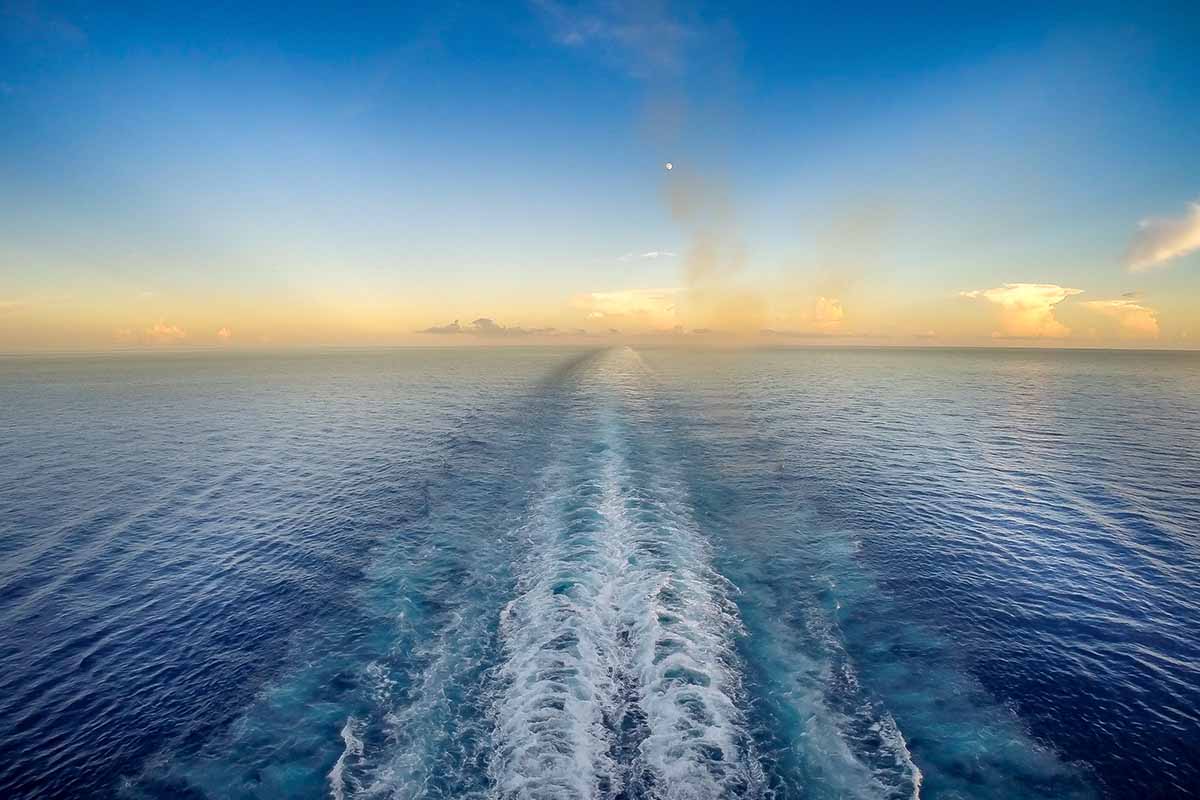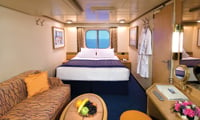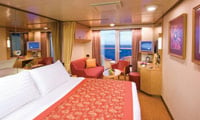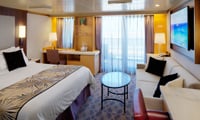Itinerary

Day 1 : Barcelona/SPAIN
Barcelona is the cultural heartland of Spain, yet its first language is Catalan, the native tongue of the proudly independent Catalonia region. Stroll down the shady, tree-lined Ramblas between street musicians and elegant bistros. Then perhaps visit the venerable Gothic cathedral, Picasso Museum or enjoy the architectural genius of Antonio Gaudi's Church of the Holy Family.

Day 2 : Cannes/FRANCE

Day 3 : At Sea

Day 4 : Florence/pisa/ITALY
From Livorno (Leghorn), your path leads through the rolling green hills of Tuscany to Florence, the flower of the Renaissance. The creative explosion happened right here, with masterworks by Michelangelo, Brunelleschi and Botticelli now landmarks of daily life. Ufizzi, Academmia, il Duomo: the art treasures of a golden age are commonplace to blessed Florentines.

Day 5 : Rome/ITALY
The port of Civitavecchia is the gateway to The Eternal City, where all roads lead. Mad traffic careens past monuments of the great civilizations of the past. You will want to see it all: the soaring inspiration of St. Peter's, the Vatican and the Sistine Chapel; the flow of life along the Spanish Steps, the Coliseum, the Via Veneto and Trevi Fountain. Be sure to leave time for la dolce vita in one of the piazzas.

Day 6 : At Sea

Day 6 : At Sea

Day 7 : Valletta/MALTA
The Knights of St. John made this their base in the Mediterranean Sea. The castles, cathedrals and fortresses they built still are their remaining legacy. But Phoenicians, Romans, Carthaginians and Arabs preceded them and left their marks as well. Take a drive to M''dina, the former capital, and wonder at Europe''s third-largest dome in Mostra.
Day 8 : Tunnis/TUNISIA

Day 9 : At Sea
Day 10 : Gythion/GREECE

Day 11 : Athens/GREECE
Piraeus is the seaport for Athens, the capital of western civilization, which boasts a fantastic mix of classical ruins and vivacious modern life. In a single day, you can climb the hill of the Acropolis to wonder at the Parthenon, join the lively Athenians in Constitution Square, and then find a welcoming taverna for some spirited bizouki music, plenty of ouzo to drink, and with luck, energetic Greek dancing.

Day 12 : At Sea

Day 13 : Cefalonia/GREECE
Cefalonia/Kephallonia

Day 14 : Dubrovnik/CROATIA
Jewel of the Dalmatian coast, girded in ninth-century walls that rise sheerly from the water's edge, Dubrovnik is one of the best-preserved medieval towns in Europe. Within the ancient fortifications is a labyrinth of narrow alleyways and a striking Renaissance boulevard called the "Stradun."

Day 15 : Split/CROATIA
Day 16 : Trieste/ITALY
Day 17 : Trieste/ITALY

Day 18 : Korcula/CROATIA

Day 19 : Kotor/MONTENEGRO
This typical Mediterranean town is located at the end of Kotor Bay, which sits on the Montenegrin coast in the southern Adriatic. Due to the history of Kotor, it is the oldest town in Montenegro and is now a historical monument protected by the state. This town of Kotor has belong to many countries, around 3 B.C. the town was colonized by the Greeks, and later was an affiliate of Roman and Byzantine empires. In 1797, this town became a vital naval base under Austria's possession. In 1918, after World War II, this town became the property of Yugoslavia and is now included in the constituent republic of Montenegro. Kotor has been a 16th century cathedral, town walls, and a medieval fort.

Day 19 : At Sea

Day 20 : At Sea

Day 21 : Athens/GREECE
Piraeus is the seaport for Athens, the capital of western civilization, which boasts a fantastic mix of classical ruins and vivacious modern life. In a single day, you can climb the hill of the Acropolis to wonder at the Parthenon, join the lively Athenians in Constitution Square, and then find a welcoming taverna for some spirited bizouki music, plenty of ouzo to drink, and with luck, energetic Greek dancing.



